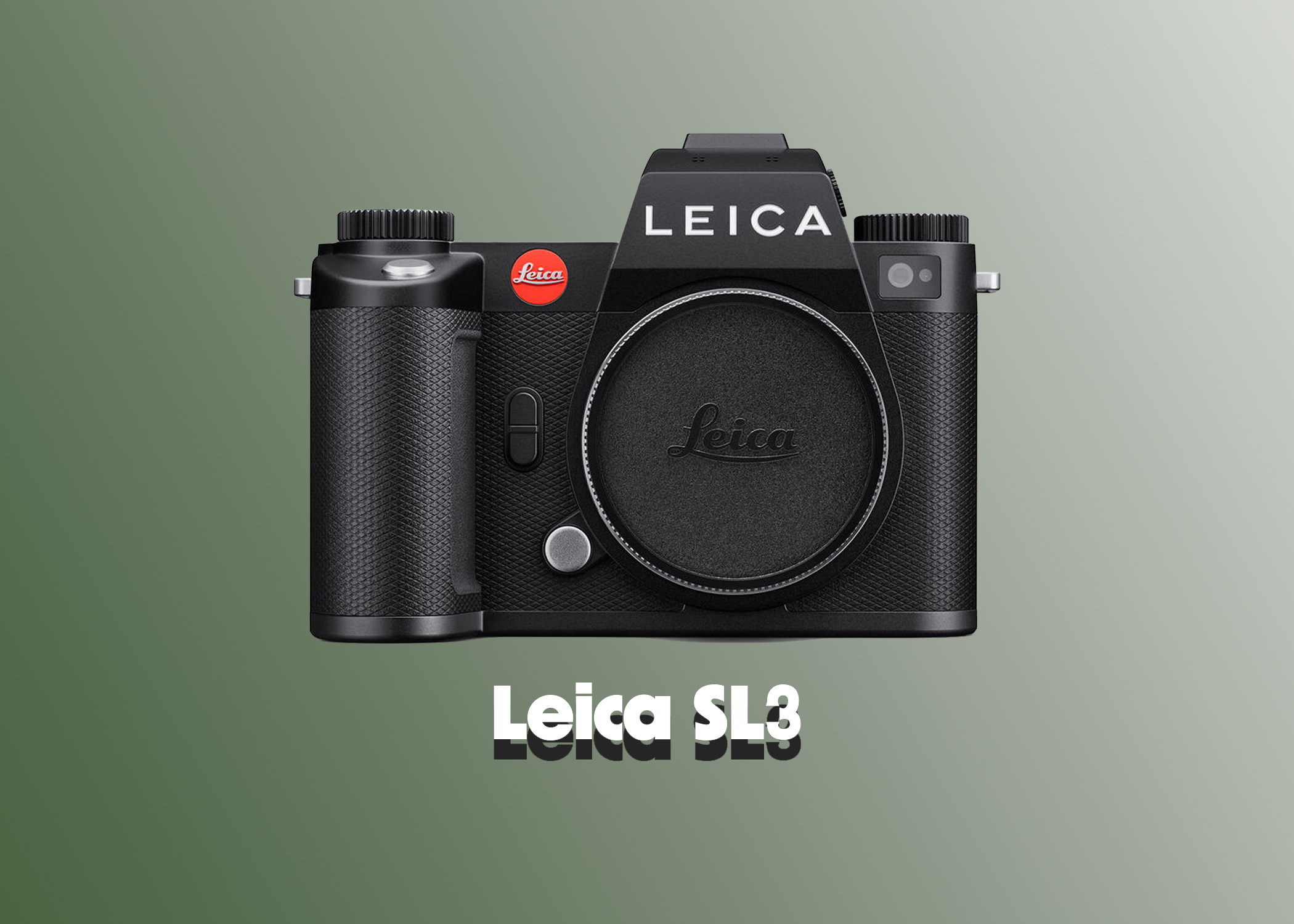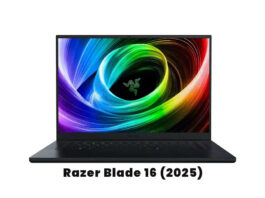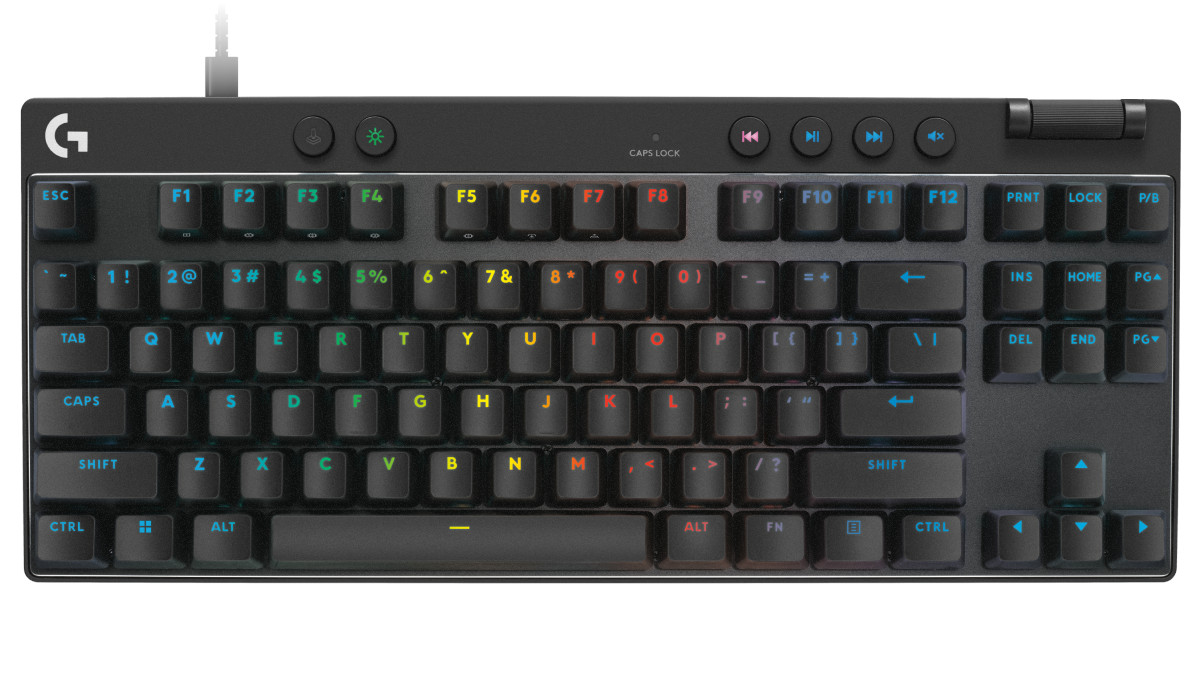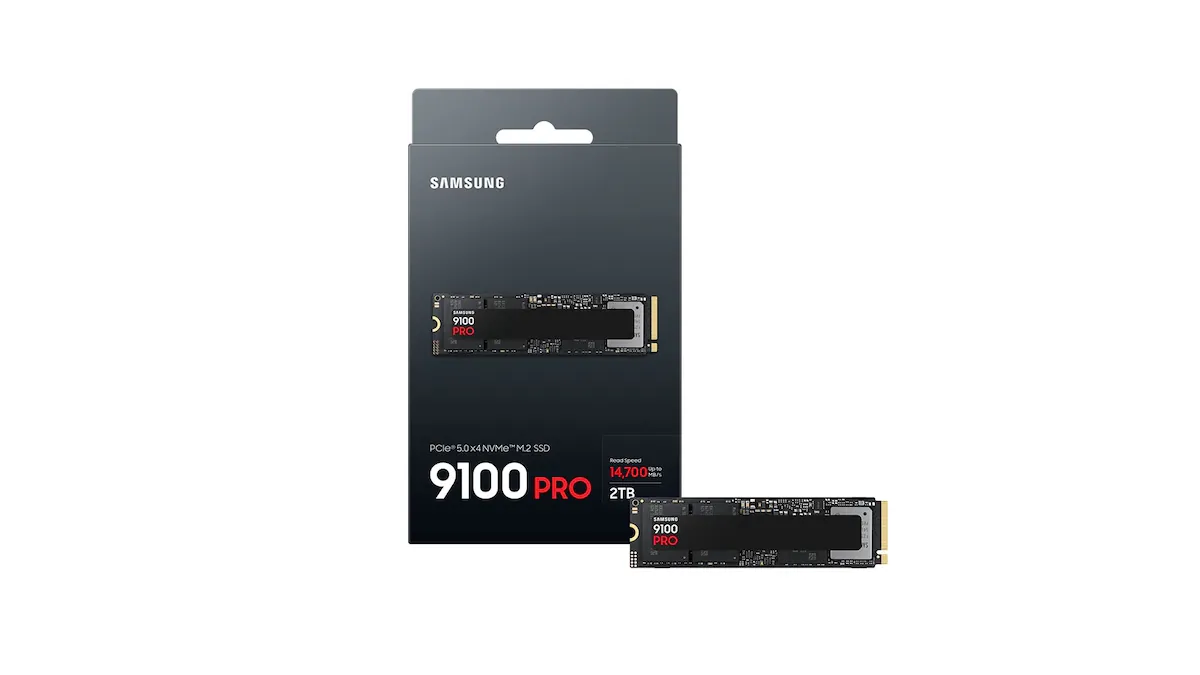Leica, famed for M-series rangefinders, has ventured into modern full-frame mirrorless cameras with the SL series. The latest SL3 stands out as their most evolved model yet. Unlike the compact M11 and Q3, the SL3 is a robust, professional-grade tool. It retains classic Leica features but embraces modern versatility.
Pros:
- It boasts a 60MP full-frame sensor
- Finally, it integrates phase-detect autofocus
- Remarkable build quality
- Features a tilting touchscreen
Cons:
- Disappointing battery longevity
- Competitors offer better value.
Upgrades from the SL2 include a 60MP full-frame sensor, Maestro IV processor, phase-detect autofocus, tilting touchscreen, 8K video, and CFexpress Type B compatibility. Leica engineered the 60MP sensor differently, offering a base ISO of 50, extending to 100,000, akin to the Q3 but with a larger body.
Since the original SL’s debut in 2015, the full-frame mirrorless market has become fiercely competitive. With rivals like Nikon Z8, Sony A7R V, and Canon EOS R3, does the allure of Leica’s red dot still captivate pro photographers in 2024?
I recently spent time with a Leica SL3 in Wetzlar, Germany, to delve into this question. As always, the answer hinges on your priorities and budget.
Leica SL3 Review: price
The Leica SL3 is priced at $6,995 / £5,920 / AU$11,690 for the body alone. Compared to the SL2’s launch price of $5,995 / £5,300 / AU$9,900, it’s a significant increase. You can purchase it now at Leica outlets and online.
Leica’s pricing remains steep, even more so than in 2019 when the SL2 debuted. The SL3’s body-only cost is 12%-16% higher than the SL2’s initial price, depending on your location.
While not the priciest Leica model – the M11 Monochrom tops at $9,195 / £8,300 / AU$14,990 – the SL3 surpasses the Leica Q3’s $5,995 / £5,300 / AU$9,790. It competes with the Nikon Z8, priced at $3,999 / £3,999 / AU$6,999 for the body, offering a more budget-friendly alternative.
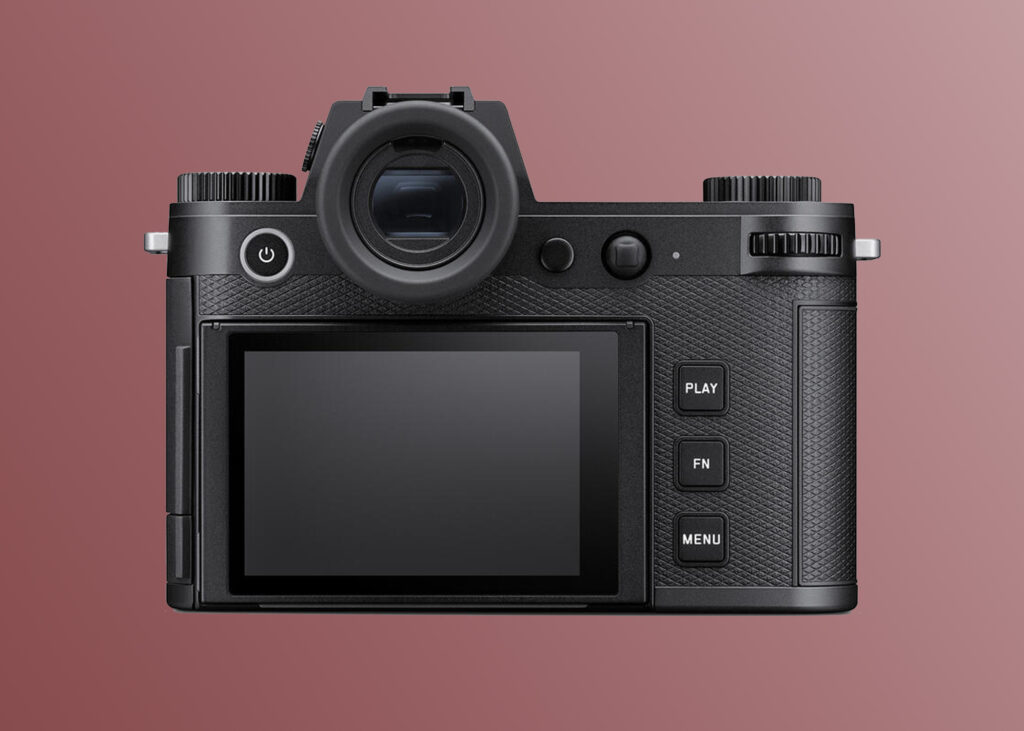
Leica SL3 Review: Design
The Leica SL3 boasts a new 3.2-inch tilting touchscreen, shedding 69g compared to the SL2, with a durable magnesium alloy body and IP54-rated weather sealing. It maintains Leica’s reputation for premium build quality, feeling sturdy yet functional.
While not as compact as the Leica Q3, the SL3 serves as a versatile tool for both photography and videography. Key specs include a 60MP full-frame sensor, Maestro IV image processor, hybrid AF system with phase-detect, and a high-resolution 5.76-million dot OLED EVF.
The SL3’s design tweaks improve usability, with the introduction of a tilting touchscreen for flexible shooting angles. Although it lacks a fully articulating display, the tilting mechanism enhances shooting versatility.
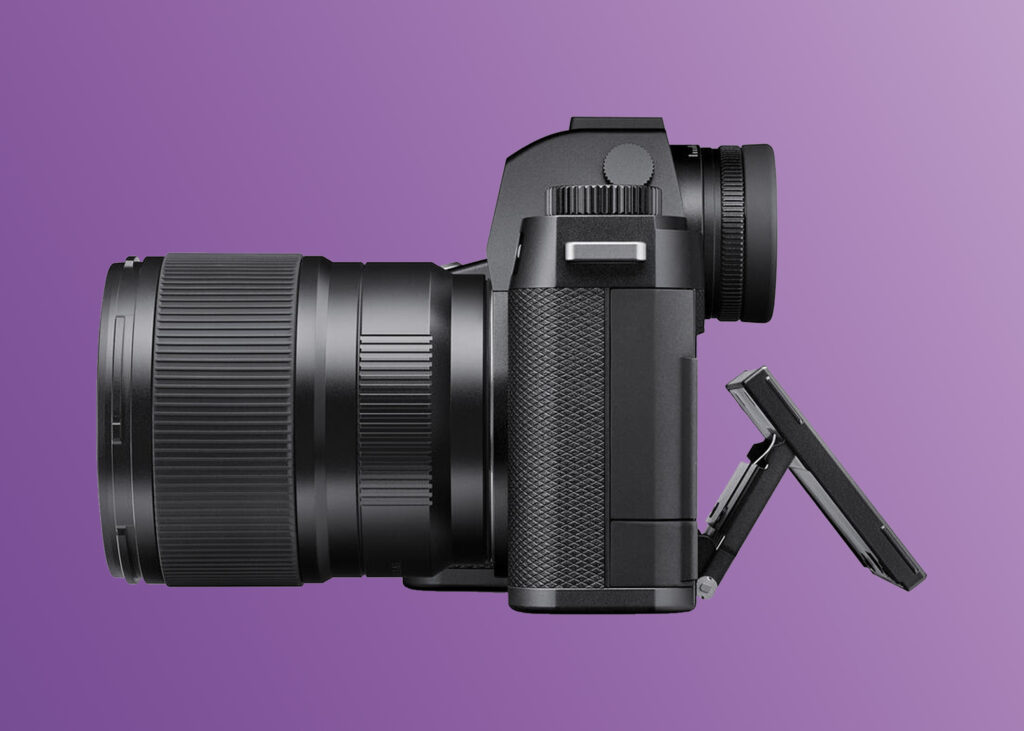
In terms of handling, the SL3 remains solid and ergonomic, with a comfortable grip and robust construction. It retains the IP54 weather sealing, ensuring durability in various conditions.
New features include a CFexpress Type B slot for 8K video support, an HDMI 2.1 Type-A port, and a larger capacity battery. However, battery life remains a concern, with a decrease in shots per charge compared to the SL2.
The SL3 continues to impress with its OLED EVF, providing clarity and immersion in the shooting experience. Design refinements such as the illuminated power button and updated menu system enhance usability and modernize the camera’s appearance.
The L-mount bayonet offers access to a wide range of lenses, making the SL3 a versatile tool for diverse photographic needs. Overall, the SL3 combines premium craftsmanship with advanced features, catering to discerning photographers and videographers.
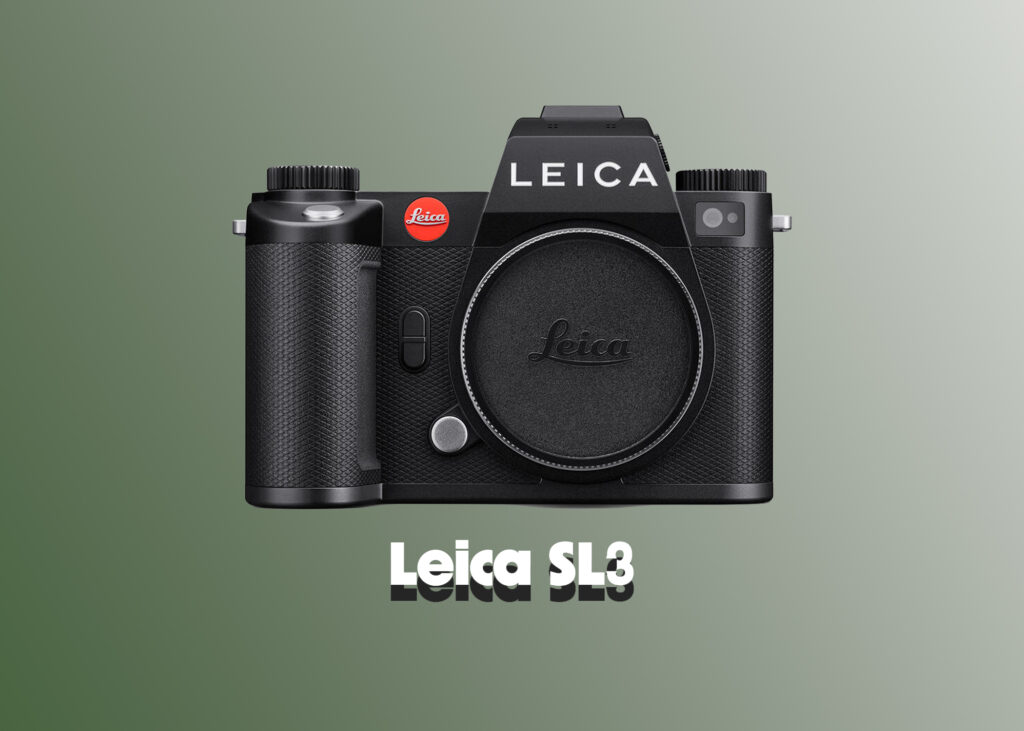
Leica SL3 Review: Performance
The Leica SL3 packs a 60MP CMOS BSI full-frame sensor, similar to the Leica Q3 and M11, alongside a new phase-detect AF system and 8K video capabilities. Compared to its predecessor, the SL3 offers significant imaging upgrades.
Featuring a Maestro IV processor, the SL3 promises improved autofocus performance, combining phase-detect AF with contrast/object-detect AF for versatility. Although Leica’s autofocus capabilities have historically lagged behind competitors like Sony, the SL3 marks a step forward.
Video enthusiasts will appreciate the SL3’s 8K video capture capability, with additional modes like 4K/60p and 4K/120p for editing flexibility. The inclusion of a full-size HDMI port and timecode interface enhances its appeal as a professional video camera.
The SL3 also introduces a five-axis image stabilization system, providing five stops of compensation for handheld shooting. While not the most advanced stabilization system, it’s a significant improvement over its predecessor and is ideal for low-light situations.
Wireless transfer speeds have been notably upgraded, allowing for quicker transfer of DNG files to mobile devices using Bluetooth and Wi-Fi MIMO technology. The Leica Fotos app offers a premium user experience, further enhancing workflow efficiency.
However, the SL3’s continuous shooting speeds, while improved, may not satisfy sports photographers, with a top speed of 15fps before the buffer fills up. Battery life remains a concern, with limited capacity requiring frequent charging or spare batteries.
Despite its advanced features, the SL3 lacks support for Content Credentials, a feature aimed at protecting the authenticity of digital images. This omission may disappoint users seeking the latest security features.
Overall, the Leica SL3 offers impressive performance and features, making it a compelling choice for photographers and videographers seeking a versatile and capable camera system.
Leica SL3 Review: Images & Videos
Testing the Leica SL3 with the Summicron-SL 50mm f/2 lens revealed sharp, enjoyable results. Utilizing Leica glass enhances the camera’s appeal, delivering a distinctive Leica character in images.
Similar to the Leica Q3, the SL3 produces detailed 60MP DNGs with impressive shadow recovery potential. Raw files exhibit bold, vibrant colors, albeit slightly noisier than JPEGs, especially beyond ISO 1600.

Despite the noise, which can be aesthetically pleasing, the SL3’s images possess a film quality. Video quality remains sharp at lower ISOs, although autofocus struggles with moving subjects in this mode.
Further testing is required to assess final firmware performance, particularly in 8K mode. Early impressions suggest image and video quality on the SL3 will rival that of the Leica Q3, which bodes well for potential buyers.
Conclusion
In a rapidly evolving full-frame mirrorless market dominated by Sony, Canon, and Nikon, the Leica SL3 stands out with its unique blend of refinement and professionalism.
While it may not match competitors like the Nikon Z8 in terms of sheer performance or value, the SL3 excels as a reliable workhorse with exceptional build quality.
Its intuitive user interface sets a new standard among cameras, making it a strong contender in the modern hybrid camera arena for both photography and videography.
The distinct Leica image rendering and lens quality further enhance its appeal, although its underwhelming battery life may be a concern for some users.
Despite this drawback, the SL3 offers a compelling combination of cutting-edge mirrorless technology and timeless Leica design philosophy, making it a worthwhile investment for enthusiasts and professionals alike.
Discover more from NewForTech
Subscribe to get the latest posts sent to your email.

